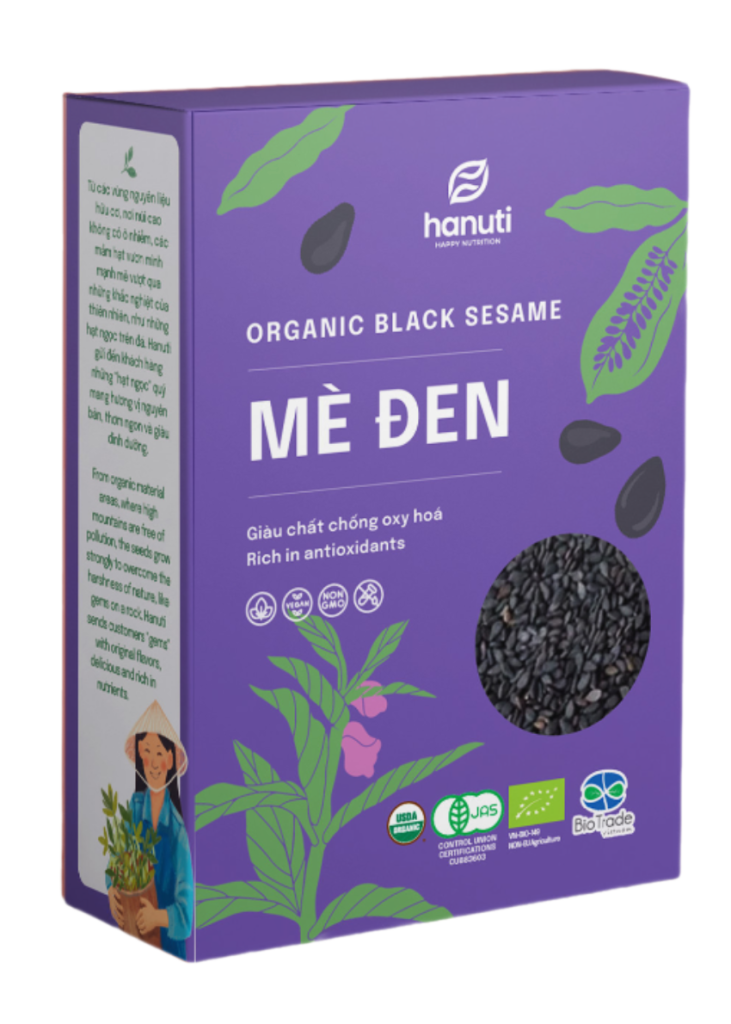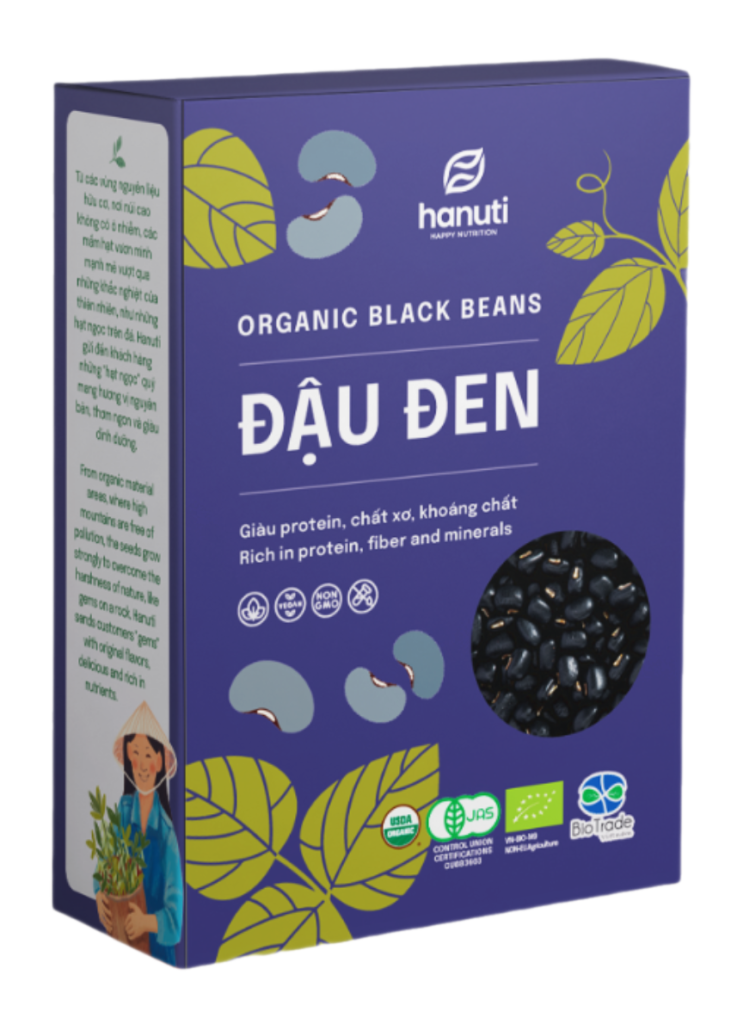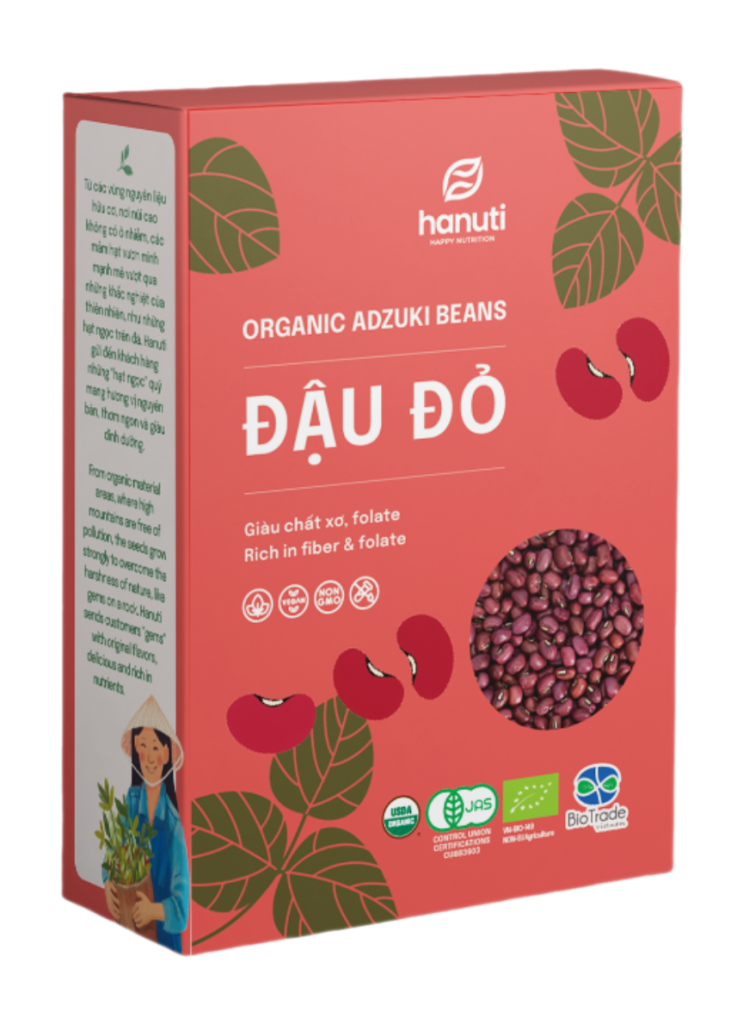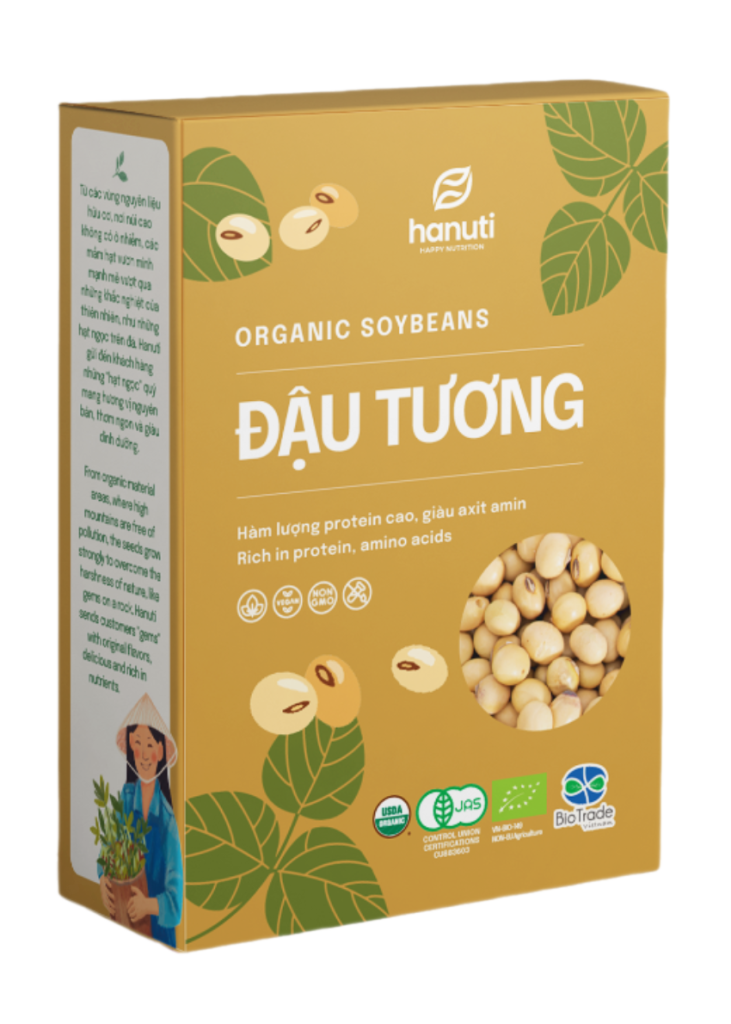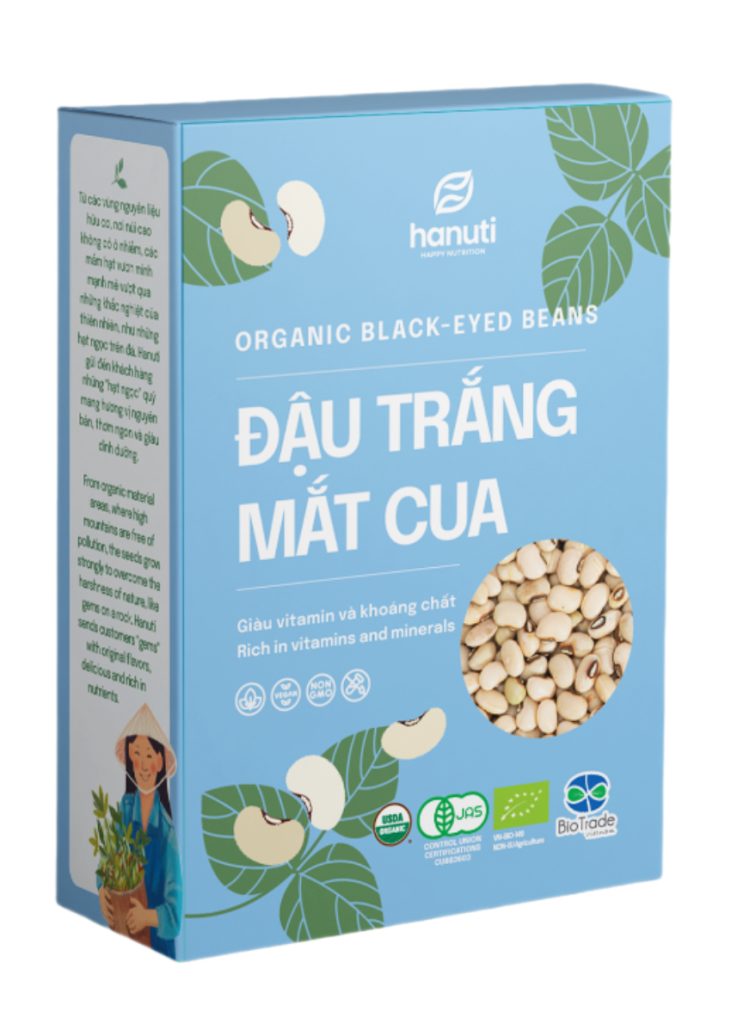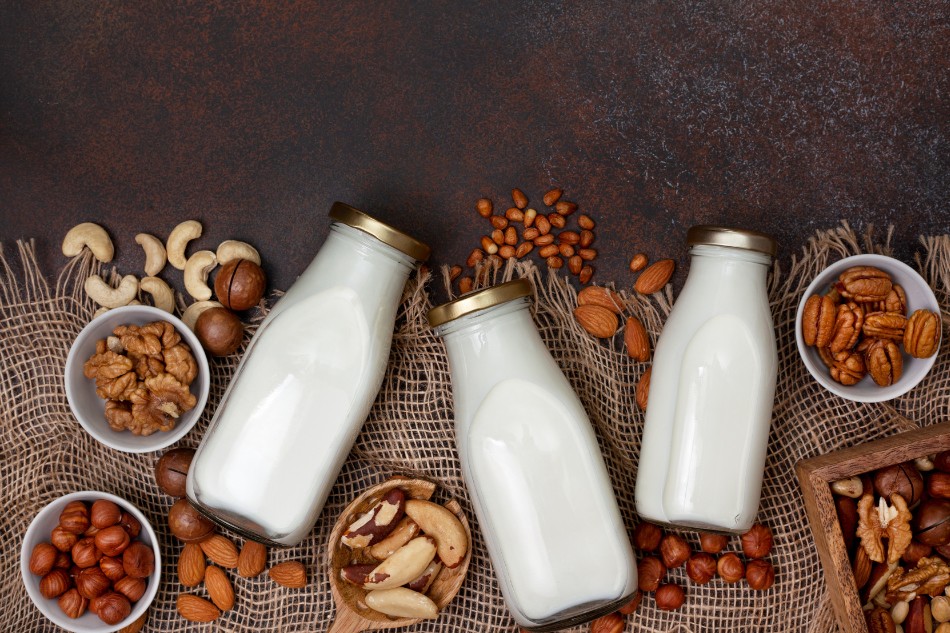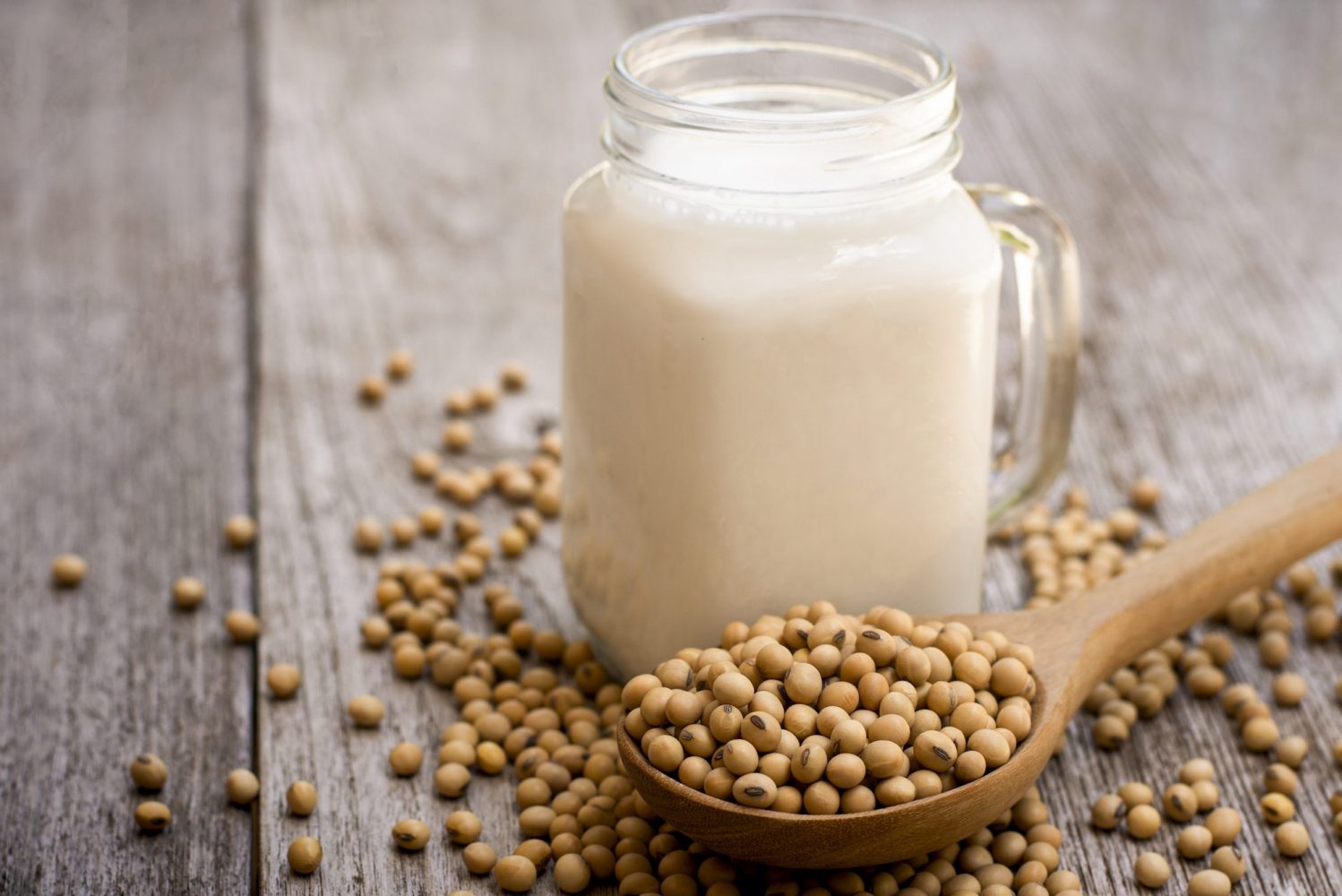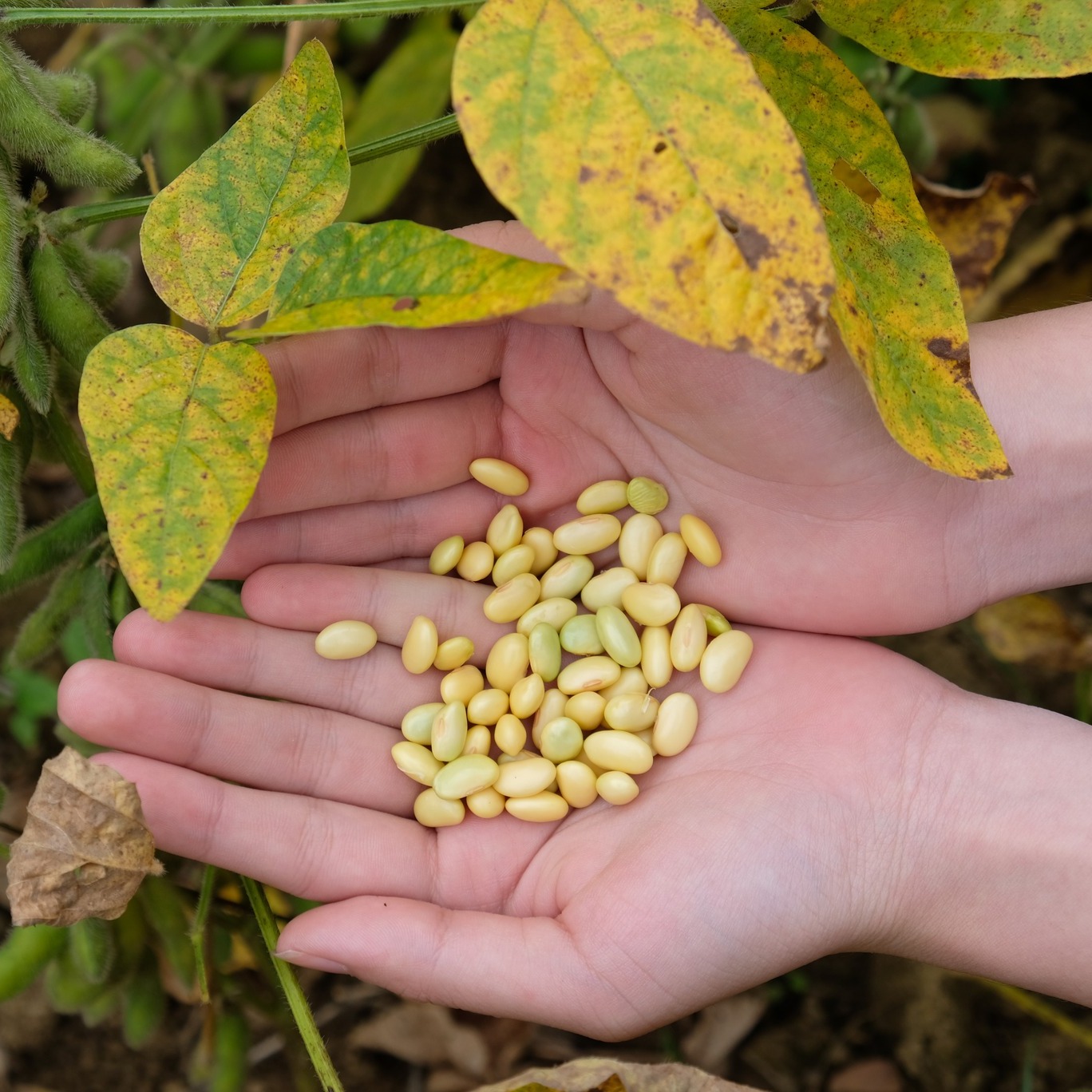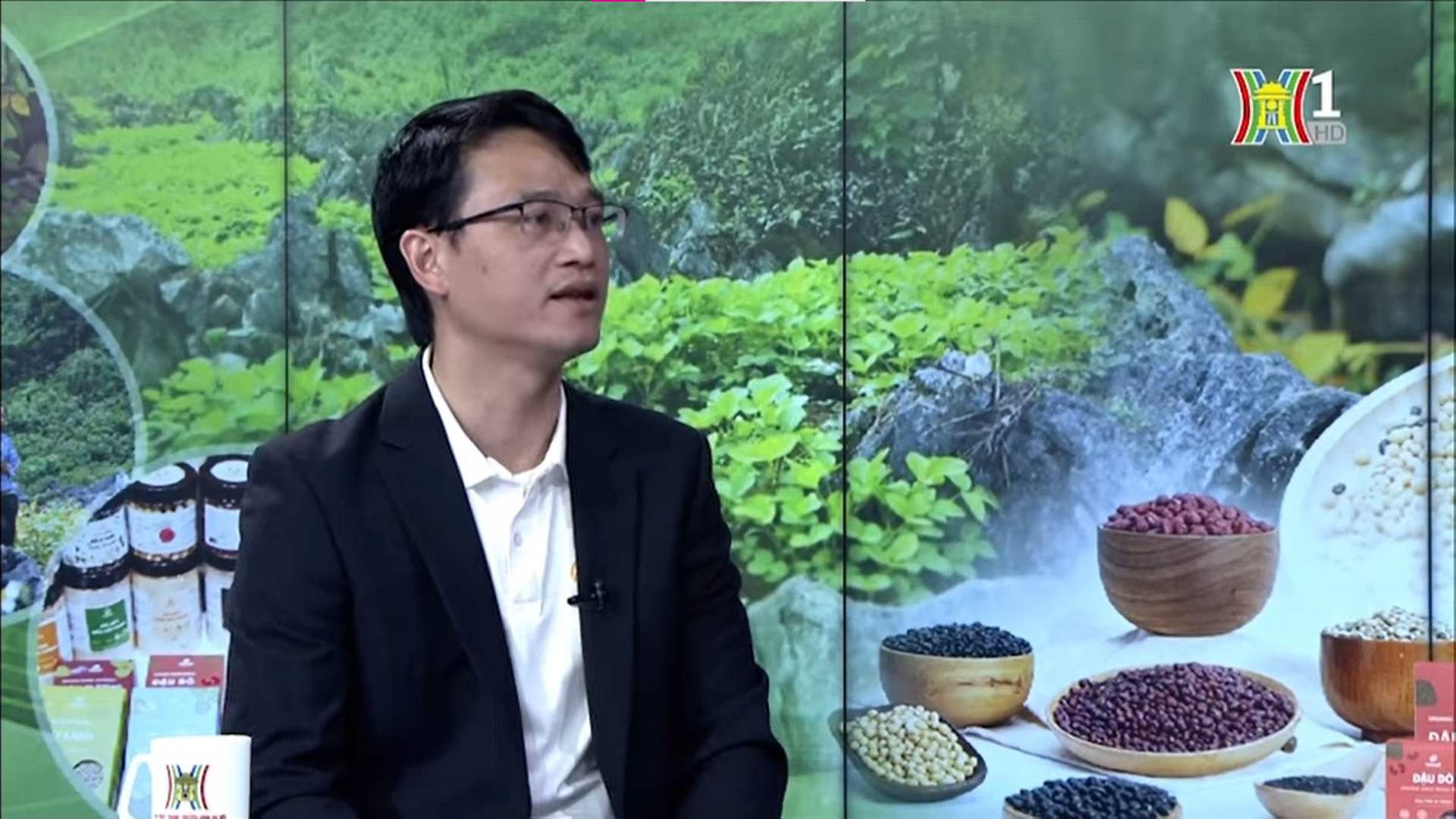The one-way principle is the sequence of activities of the units within the kitchen; the processing area must adhere to a specific direction. All activities proceed in the correct order: raw materials input; preparation; storage; cooking, portioning, serving; cleaning, and hygiene must follow a one-way direction. Raw and cooked foods should not be mixed together.

Nội dung bài viết
ToggleThe purpose of applying the one-way principle
- Ensuring food safety in the production facility.
- Preventing cross-contamination of food.
- Ensuring that products meet food safety standards before reaching consumers.
- Providing guidance on constructing production and processing areas following the one-way principle.
- Having enclosed restroom areas with full equipment, ensuring that airflow does not blow from the dirty area to the clean area and from the restroom area to the processing area.
The arrangement process of the one-way principle
Step 1: Raw Material Reception Area
When fresh, live food items are delivered, they undergo inspection for quantity, quality, freshness, and cleanliness.
Step 2: Rough Food Processing and Washing Area
Ingredients are preliminarily processed before being transferred to the next area (such as the kitchen, cold storage, or storage area).
Step 3: Food Processing Area
After preliminary processing, ingredients are moved to the processing area where various processing activities take place, including marinating, seasoning, and preparing ingredients for each dish.
Step 4: Product Division and Packaging Area
At Hanuti, the one-way principle is just one small link in the entire organic seed production process, from selecting seeds, planting, to packaging the final products according to international organic standards recognized by reputable certification bodies. Therefore, customers can grasp one of the many stages of production of the product delivered to them and fully trust the quality of Hanuti’s products.
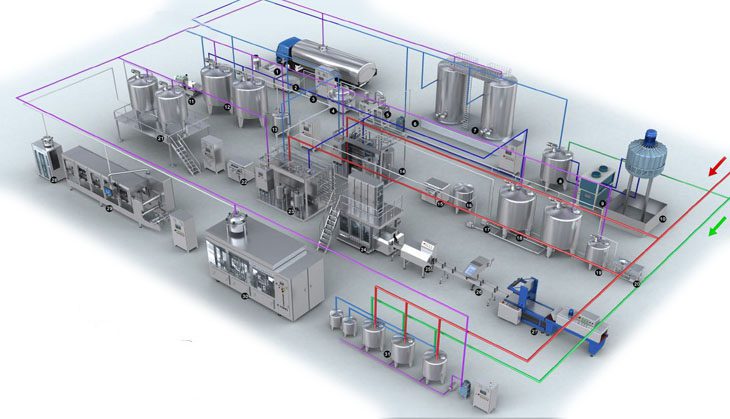
> READ MORE

